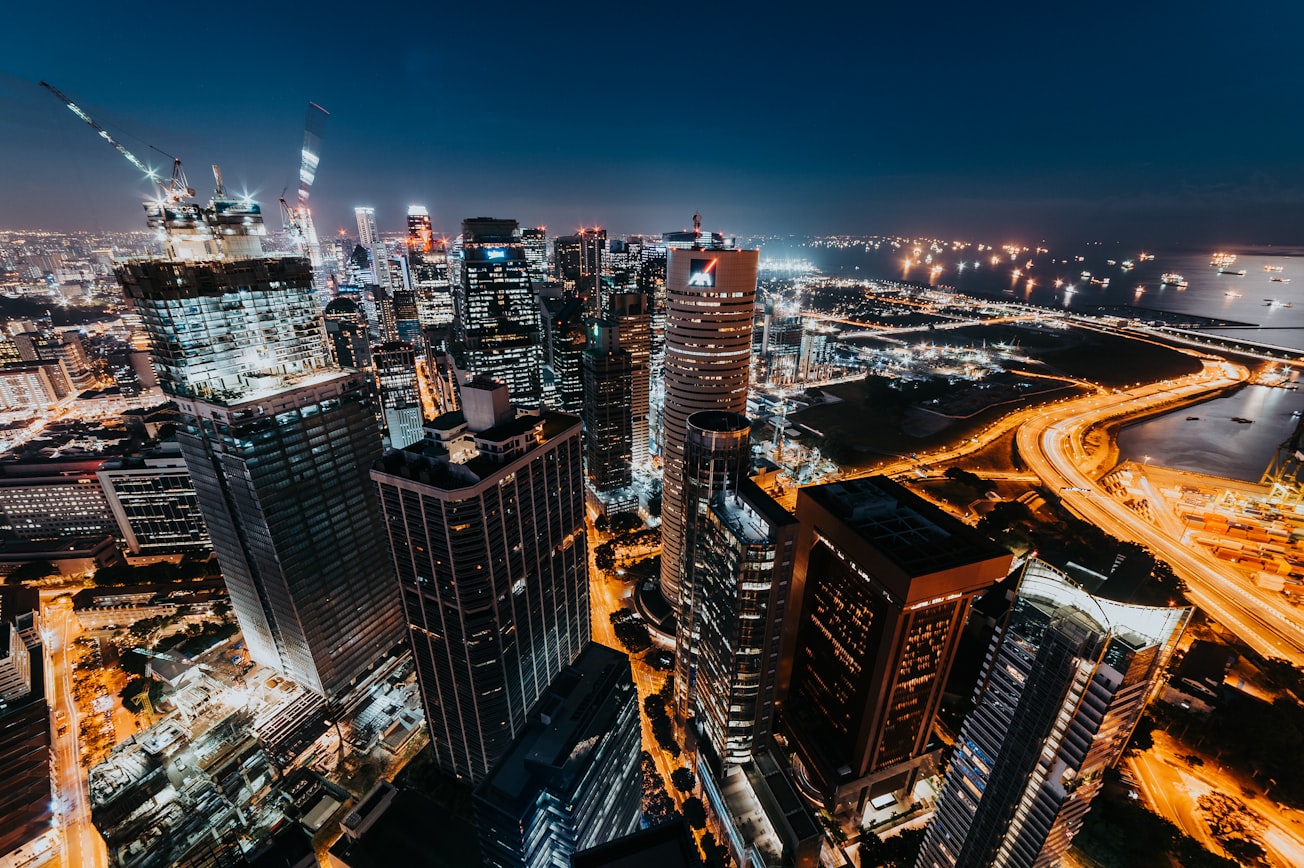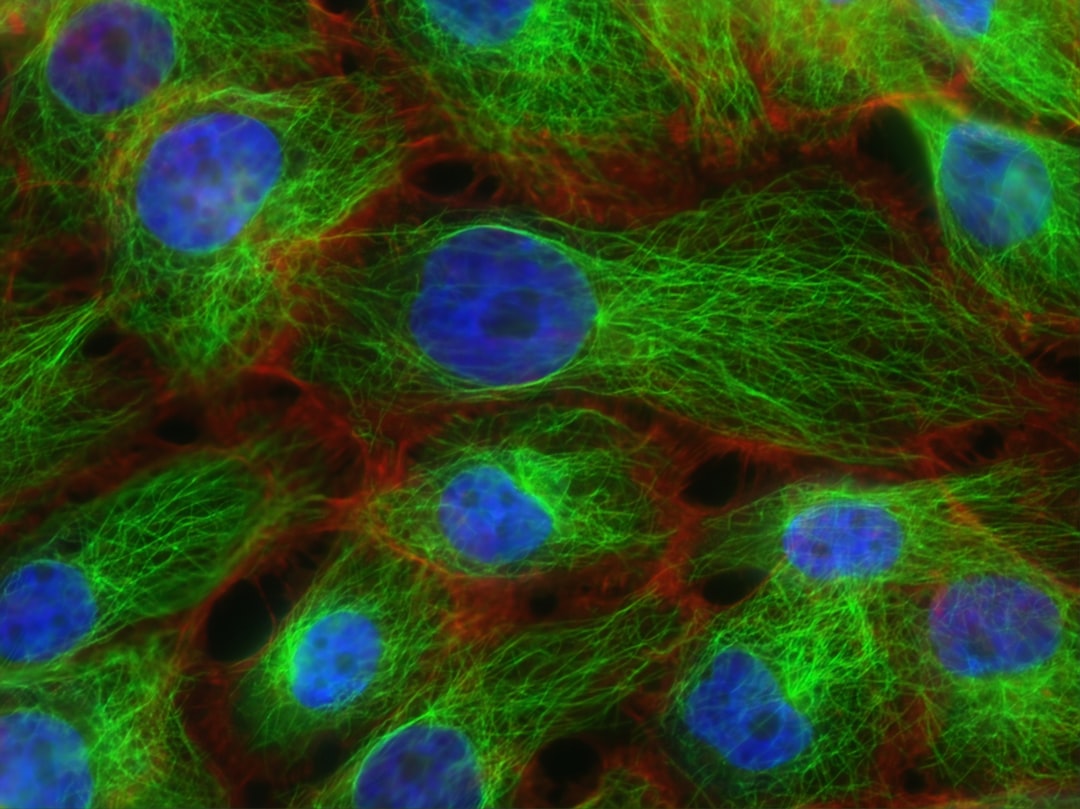What is it about?
Migrants often keep strong social and economic relations between the place of destination and the place of origin (translocal relations). It has been argued, that these connections decline over time. We have found that time per se is not such an important factor but rather the social integration (translocal embeddedness) and the role of migration politics. In this contribution we take a closer look on the temporal dimension of migration and the connections between different places and people.
Featured Image

Photo by R.H. Lee on Unsplash
Why is it important?
Recently there is a strong public focus on the so called refugee crisis seeing migration as new problem. In fact international migration has been there for centuries and should rather be seen as normality. It is important to take an unagitated look behind the scenes of different migration systems to recognize the really relevant problems (e.g. the prevention of social integration) but also the advantages of migration.
Perspectives
Writing this article was a big concern for me, because so far little has been written about the temporal dimension of migration and translocality. What actually happens when migration systems alter or collapse? Will all the translocal connections that were previously created suddenly come to an end? It was time to address this question of the transience of translocality.
Dipl. Geogr. Simon Alexander Peth
Rheinische Friedrich-Wilhelms-Universitat Bonn
Read the Original
This page is a summary of: Between the village and the global city: the production and decay of translocal spaces of Thai migrant workers in Singapore, Mobilities, April 2018, Taylor & Francis,
DOI: 10.1080/17450101.2018.1449785.
You can read the full text:
Resources
VDO Abstract | Mobilities Paper | Between the village and the global city ...
In this short video I give you a very quick insight into our paper on Thai migrant workers in Singapore and how they stay connected to their place of origin which we published in the Mobilities Journal.
“We are trained like soldiers." The inhumane mechanisms of international labor migration and its impact on translocal connectedness.
Blog | This blog post illustrates the social segregation of Thai migrant workers in Singapore.
Thai Migrant Workers in Singapore
This photo shows a group of Thai migrant workers in Singapore in 1994
Contributors
The following have contributed to this page










